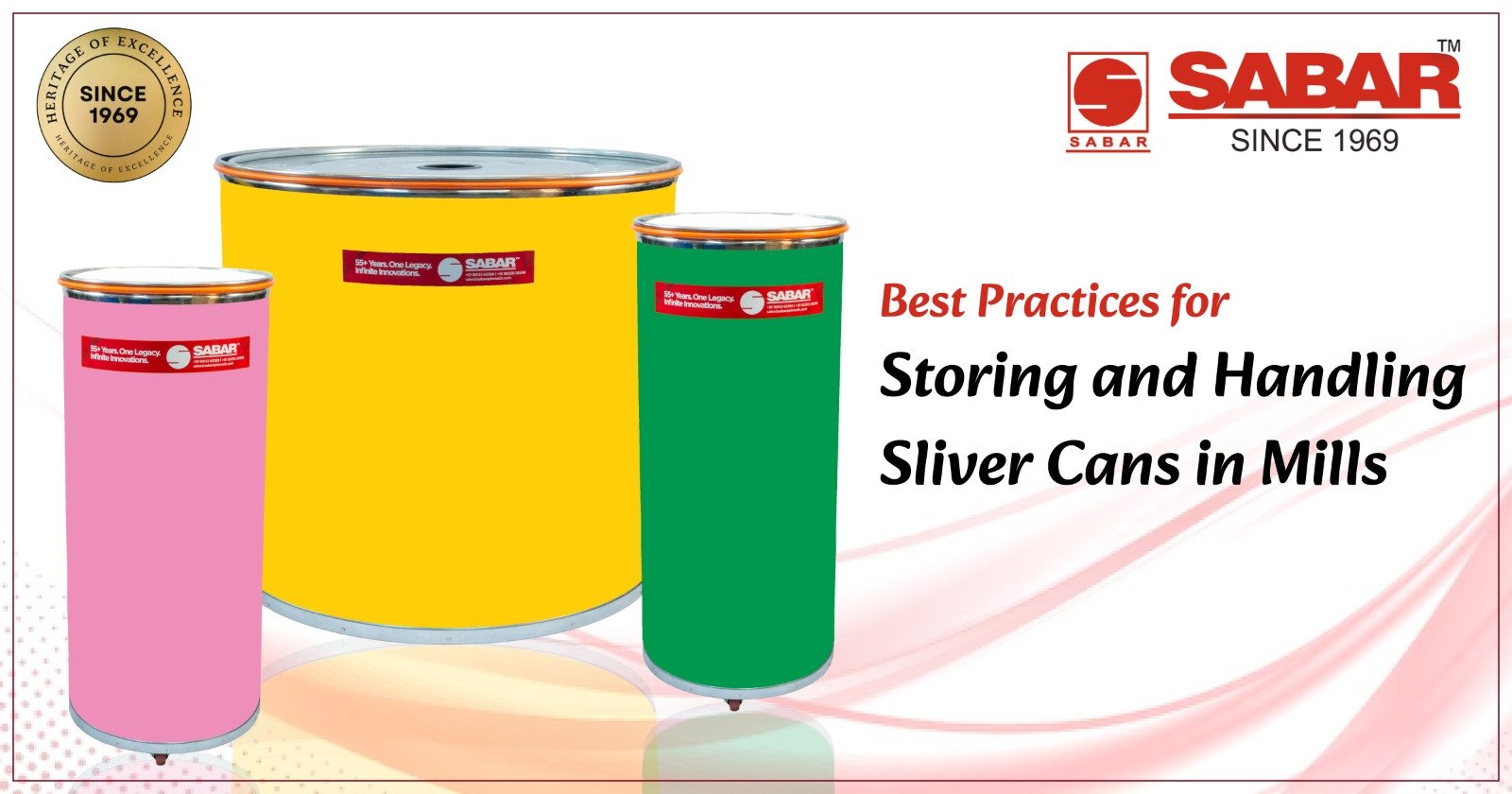
29 Sep, 2025
|
Blogs

The textile sector is progressing rapidly. The need for finer, stronger, and more even yarn is growing every year. To keep pace, spinning mills are enhancing machines, refining processes, and minimizing waste. Yet one aspect frequently overlooked is sliver handling.
The appropriate sliver can is not merely a vessel — it is an integral part of yarn quality and mill performance.
Sliver undergoes numerous steps before it becomes yarn — carding, drawing, combing, and roving. Each step requires smooth treatment. If the sliver is stretched, broken, or skewed in the can, the yarn will develop defects.
New HDPE sliver cans ensure uninterrupted transfer. Their smooth interior surface avoids snagging, while precise dimensions provide uniform filling and discharge. Mills that adopt these cans experience reduced stoppages and improved consistency in yarn production.
Sliver irregularities cost mills money. Hairy, uneven yarn and habitual end breaks are common consequences of low-quality cans. Dust and fluff add to the problem, creating an unsafe work environment and dirty machines.
Quality cans have sturdy rims, caster wheels, and durable springs. These features safeguard the sliver at every stage. Good designs also reduce built-up dust. Stable handling minimizes defects and ensures greater customer satisfaction.
Each stoppage in production reduces efficiency. Low cans or defective designs require more doffing, more downtime, and more man-hours. Over time, this translates into substantial losses.
High-capacity cans minimize stoppages. They keep equipment running longer and allow easy movement between departments. Meanwhile, HDPE cans help reduce energy consumption. Mills report savings of up to 5% on total energy expenses, making them a worthwhile investment for long-term growth.
We value every inquiry and respond with personal care.
